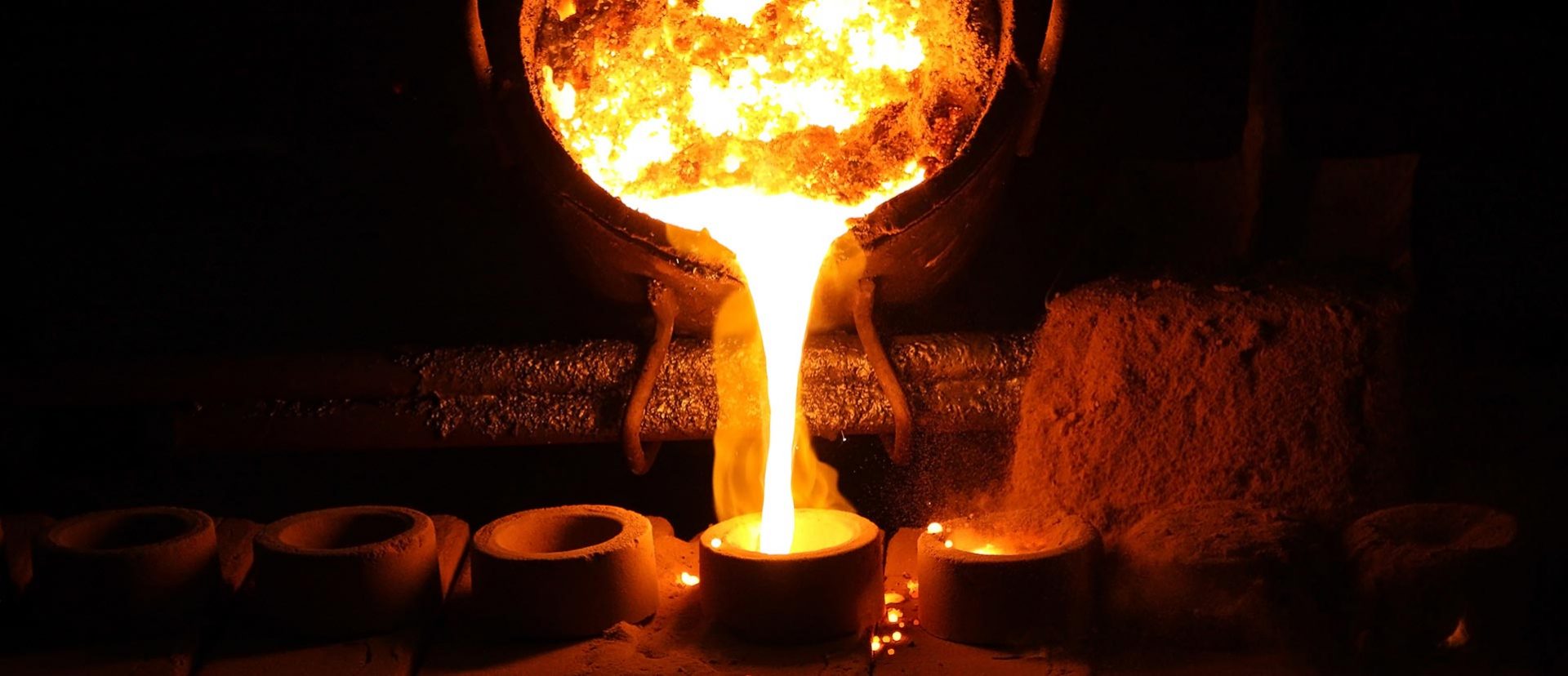This paper explores the most difficult, challenging, and usually concluding portion of a corporate compliance program – the internal investigation. Unlike the other major components of the compliance program – training and audits – the internal investigation is triggered by a government investigation, whistleblower, or even rumor – it is not an action planned by the company. For that reason, the conduct of the investigation has no fixed agenda. It is truly art, not science. This paper sets out the basic steps that a company must take, providing illustrative situations from actual investigations that worked for me and my Internal Investigative Teams.
By Donald C. Klawiter[1]
I. INTRODUCTION: THE CRITICAL ROLE OF THE INTERNAL INVESTIGATION
A compliance program that meets the requirements set forth by the Antitrust Division of the U.S. Department of Justice is a complex mechanism composed of many moving parts. A program that is “well designed,” “applied earnestly and in good faith” and “works in practice” is much, much more than an annual lecture, a multiple-choice test, or even an audit.[2] Indeed, the full-scale internal investigation usually occurs only when a government investigation is rumored or initiated, or a whistleblower emerges within the company or the industry. Because of its scope, substantial cost and impact on the business, it is not something to be approached casually or handled internally. The investigation shoul
...THIS ARTICLE IS NOT AVAILABLE FOR IP ADDRESS 216.73.216.89
Please verify email or join us
to access premium content!

